How to fix a clogged bathroom sink – and keep it draining freely
Get your bathroom sink draining freely and easily again with help from the experts
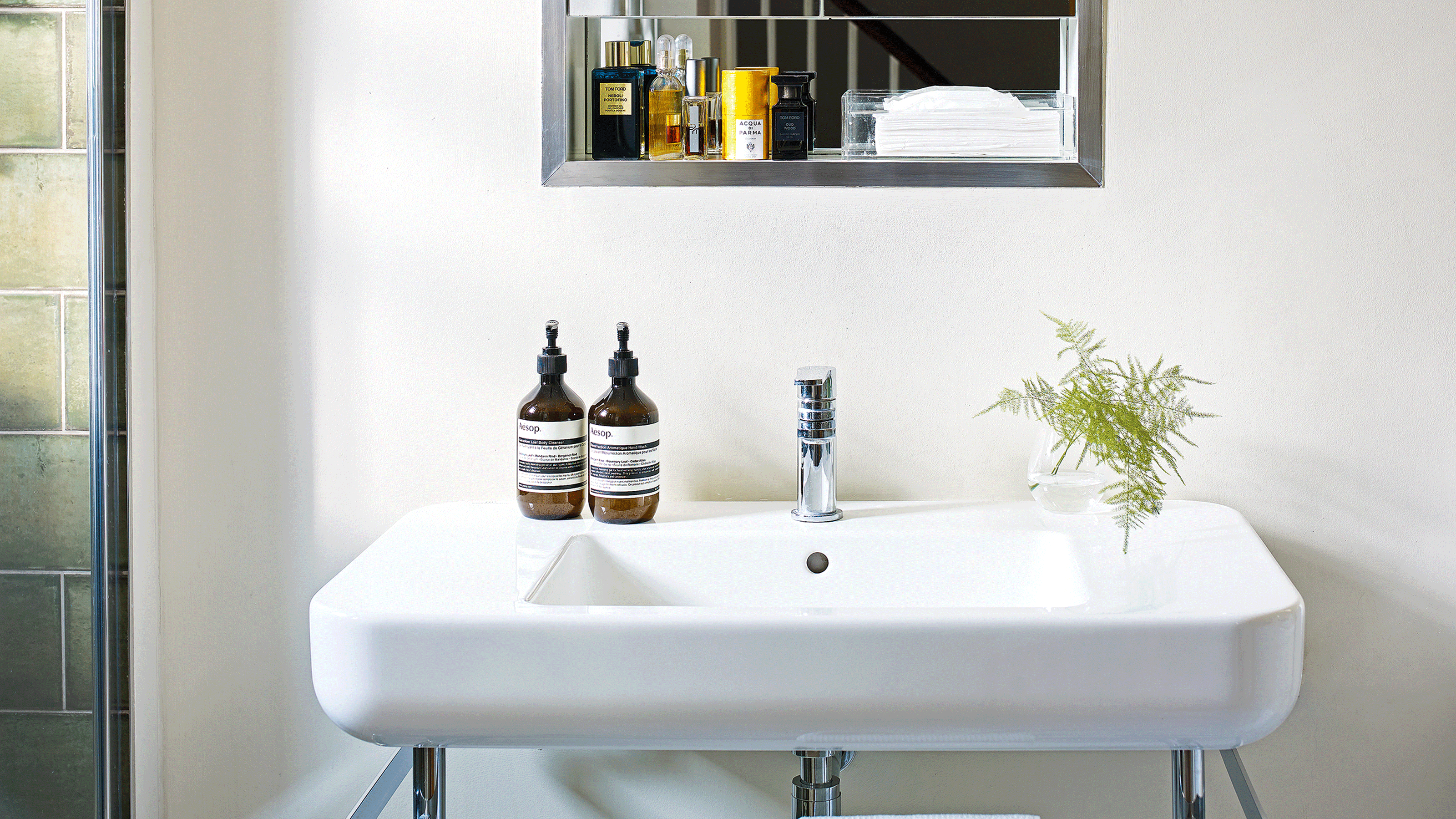

How to fix a clogged bathroom sink is an essential task for keeping your bathroom in working order.
Nothing can ruin the effect of beautiful bathroom ideas quite like a slow-draining bathroom sink. It can sometimes feel like a mystery as to why the bathroom sink is often left draining at a snail's pace. It’s not as if fat or rice is slipping down it like the kitchen sink, which is usually the culprit when it comes to how to unblock a sink. How many hours of our lives have we lost, staring at toothpaste-y water going down the plughole at a rate of 1mm per minute?
In the same way as how to unblock a toilet, not acting at the first signs of trouble can only lead to more trouble, resulting in a total blockage – rendering your basin useless. The main cause of the clog is usually a build-up of soap scum, limescale and add a sprinkling of hair. Over time it lines your drain pipe, starts to degrade and gives off some nasty whiffs. If your basin has reached a critical clogging level, we've asked the experts for the most effective methods for how to fix a clogged bathroom sink.
Get the knowledge you need to keep clog-free without paying a professional.

How to fix a clogged bathroom sink - step-by-step
1. Remove the basin stopper
Unless you have a traditional plug on a chain, there’s probably a metal stopper covering your plughole that pops up and down. These usually unscrew or simply lift out. Otherwise, you’ll need a flat-head screwdriver to prise it off.
2. Use a tool to pull out the clog
If the clog or foreign object is high up enough in the drain, you can simply pull it out using a flattened wire coat hanger. This is where a drain weasel comes in handy – a long, tightly coiled piece of wire with a grab tool at the end that you can operate by pushing a plunger on the handle, available on Amazon. It’ll yank out that hank of hair with no bother.
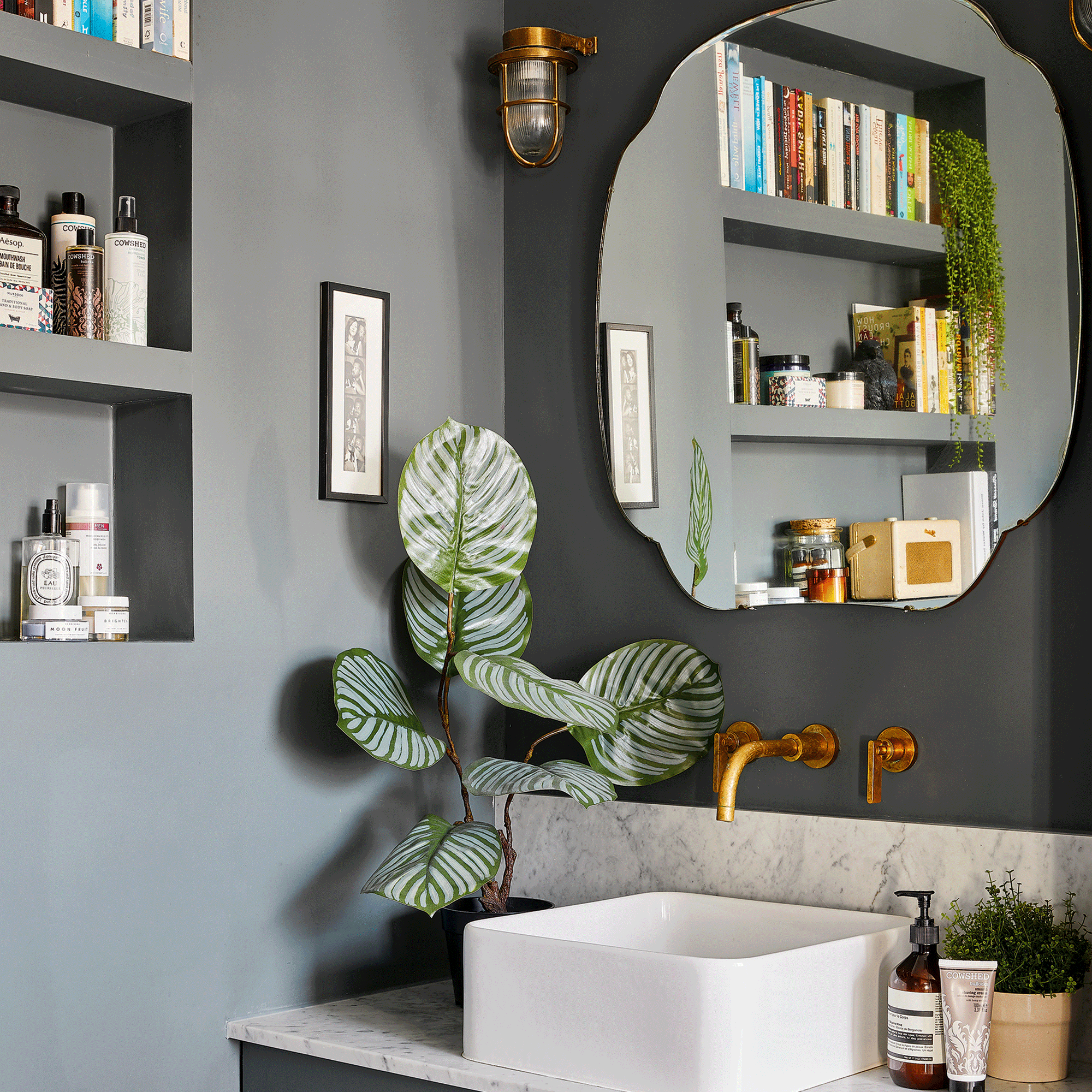
3. Or, try a plunger
If the clog is out of reach, get plunging. The trick to this is creating a vacuum with the plunger’s rubber cup.
Sign up to our newsletter for style inspiration, real homes, project and garden advice and shopping know-how
Simone at Homeserve advises, ‘Make sure you use a flat-bottomed plunger so you can get a really good seal on your plughole. Block off the overflow hole with a wet cloth and half-fill your basin with hot water so it creates a seal around the plughole. Position the plunger directly over the plughole. Start pumping the plunger up and down quickly. Do this vigorously, several times.’
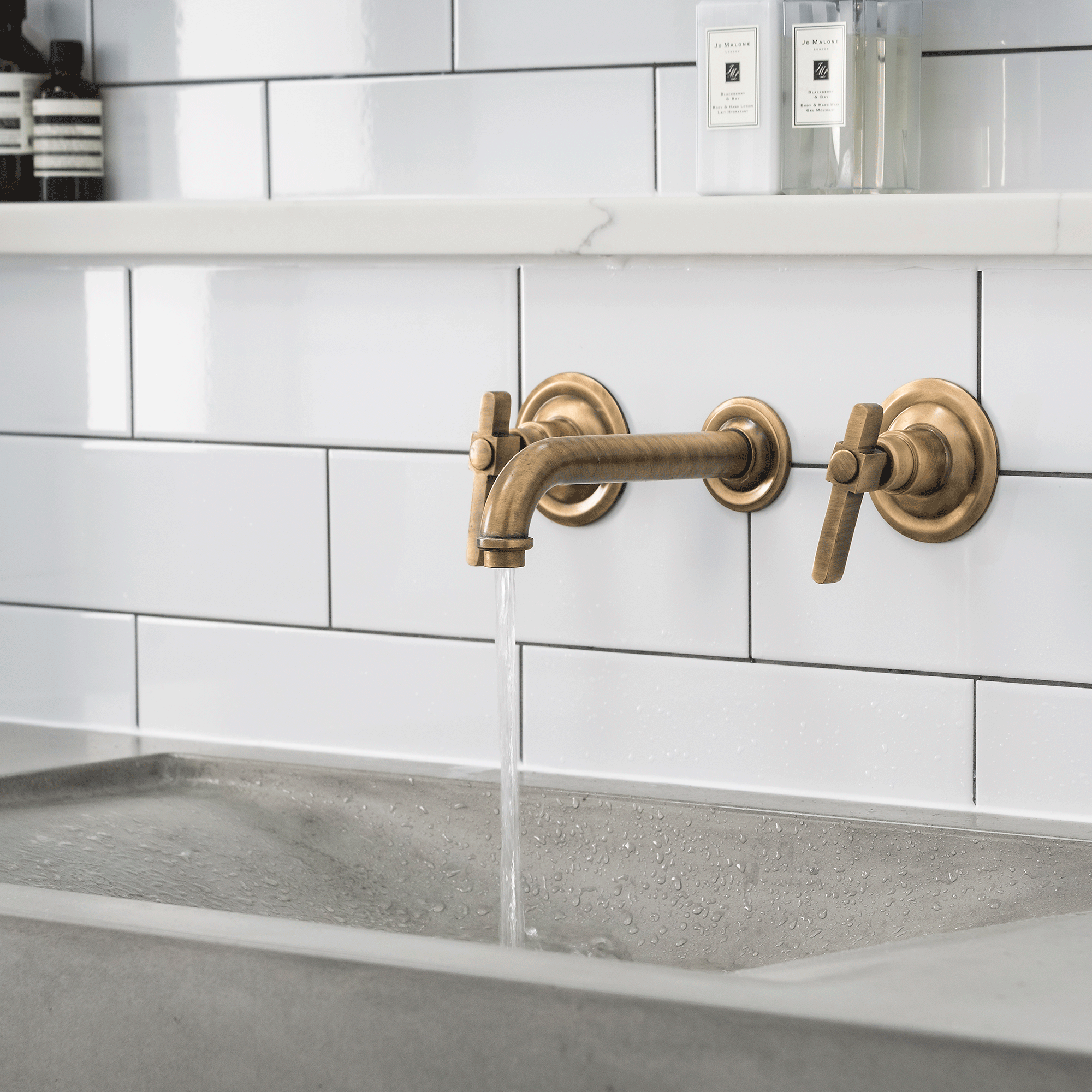
4. Flush through your pipework
Pour a kettleful or two of boiling water down the basin plug to sweep away any remaining residue. Cleaning with white vinegar can help with this job. Putting a scoop of bicarbonate of soda and a mugful of white vinegar will fizzle away lingering debris. Rinse with plenty of hot water.
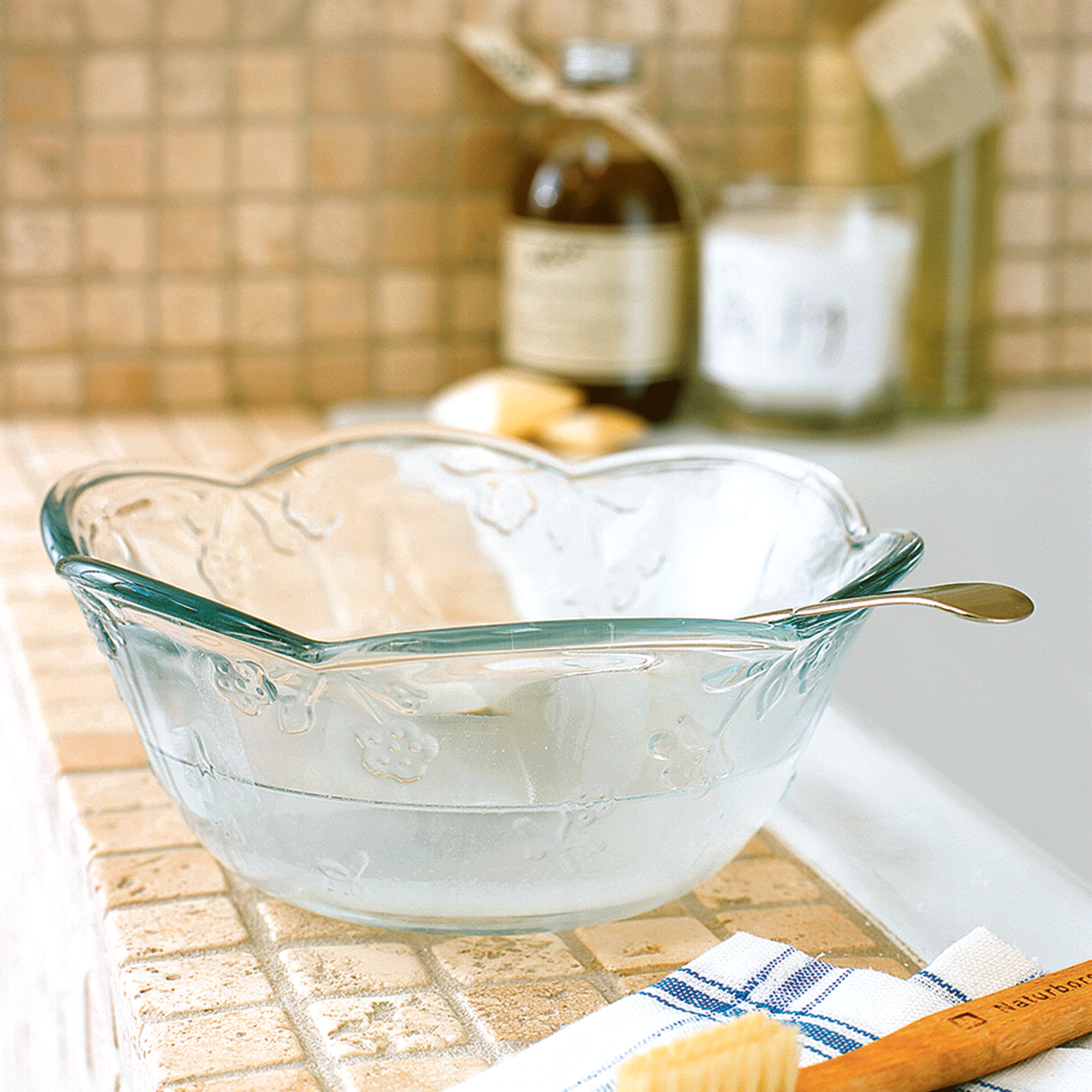
5. Keep the drain clear
Lastly, to prevent the trauma of a blocked, stinky sink again, get into a routine of putting bicarb and white vinegar with a hot-water rinse on a regular basis. Ideally weekly, but even monthly will help to keep residue under control in the pipes.
How do you clear a slow draining bathroom sink?
The best approach is using a natural remedy to break down a partial blockage. Put a scoop of bicarbonate of soda followed by a mugful of white vinegar to break down the clog. Simone Robinson, one of Homeserve's plumbing and heating experts, has a great tip: ‘Stopping the plughole with a rag will stop the mixture from bubbling out of the basin and will ensure that the mixture does its job.’
Leave it to work for a few hours before pouring down a kettleful of hot water. You could use a corrosive drain unblocker, but these can cause more problems than they solve. Simone says, ‘Harsher chemicals can be corrosive on older pipes and cause severe damage that may lead to costly repairs. They also pollute the environment to the detriment of wildlife and their habitats.’
If you do use one, choose a commercial one containing enzymes rather than caustic chemicals.
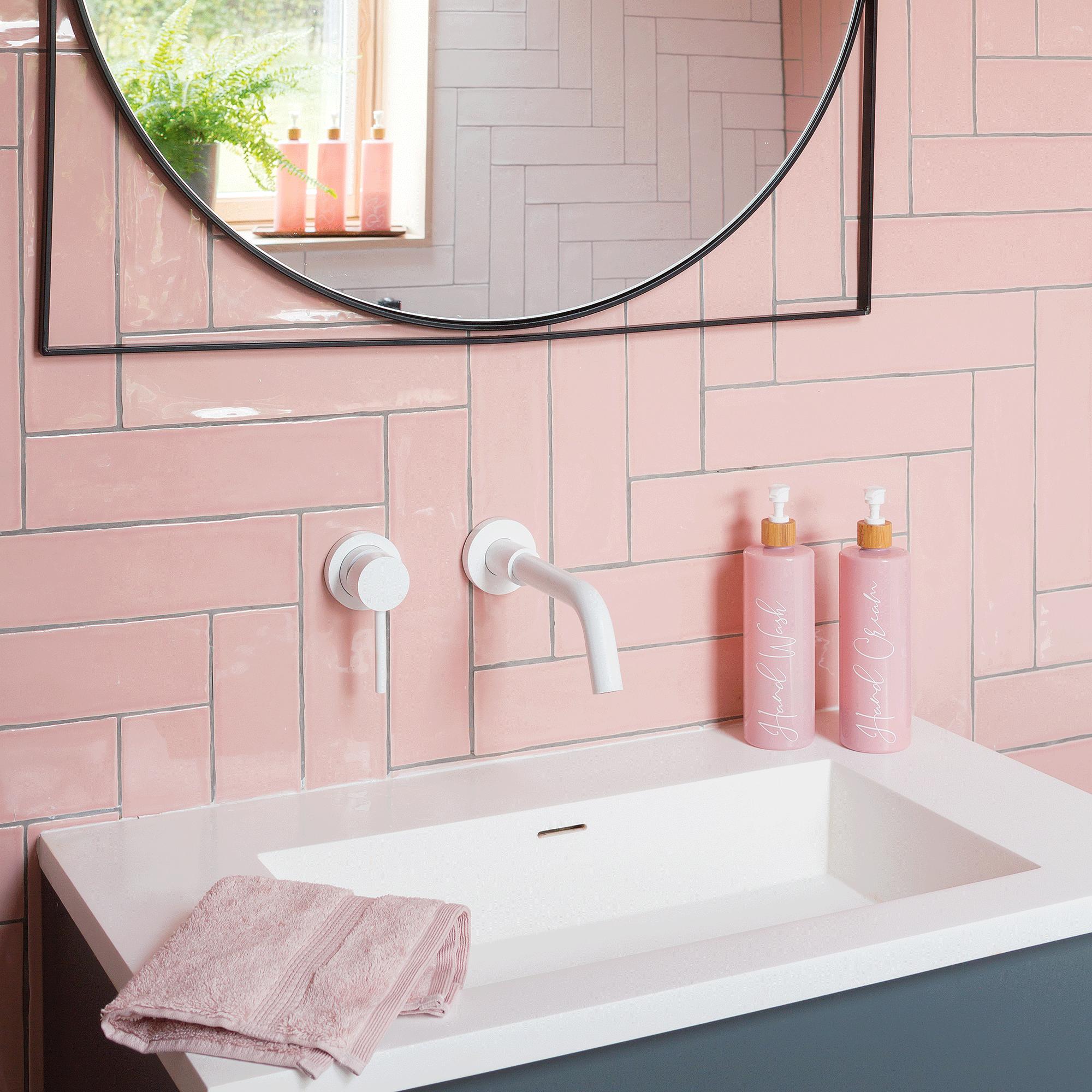
How do you unclog a sink that won’t drain at all?
‘You’ll need to check the waste trap underneath the sink,’ says Rob Bennett, Technical Service Manager at Pimlico Group. ‘It’s shaped like a u-bend.’
To do this, you’ll have to unscrew the two connectors (they look like giant plastic nuts). Water will come out, so have a bucket and towels on hand. If you have a pedestal-style basin, you’ll have to do this bit more by feel than by eye because the trap will be concealed and you’ll need to slip your hand into the gap between the back of the pedestal and the wall.
Wearing rubber gloves, scoop all the gunk out of the trap and give it a good clean before reconnecting it (being careful not to over-tighten the connectors – the plastic might crack). If the trap isn’t blocked, the problem is further down the drain. This will certainly be the case if the bath, shower or other basins are slow draining. In this case, you need a professional with specialist equipment.
What causes a bathroom sink to clog up?
Soap scum, hair and sometimes objects that have accidentally slipped down the drain. Rob Bennett at Pimlico Group reveals, ‘It’s a build-up of decomposing debris, known as biofilm.’
Remember, preventing a clog in the first place will always be better, so keep up with regularly flushing through the sink and pipework when cleaning.

Vanessa Richmond has been a freelance writer, editor and editorial consultant since 2021. Her career in magazines began in 1998 and, apart from a four-year stint at women’s lifestyle magazine Red, it has been spent working on interiors titles including House Beautiful, Country Homes & Interiors and Style at Home. She is a former editor of Ideal Home, Country Homes & Interiors and Style at Home magazines. She has also worked for House Beautiful and Red. During her 25 years as a journalist, she has been a sub-editor, columnist, deputy editor and editor. Now she combines freelance writing with being a secondary-school English teacher.